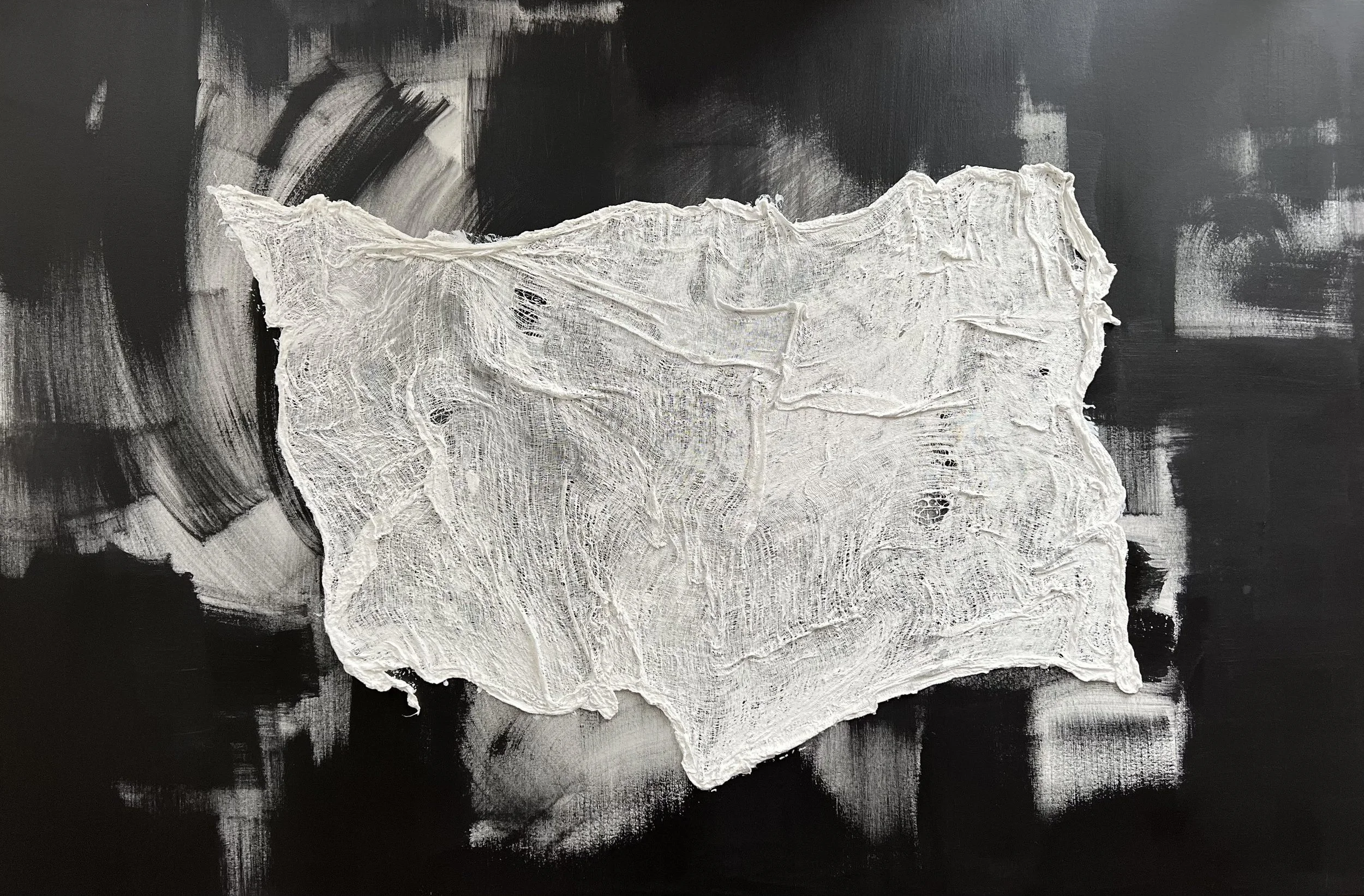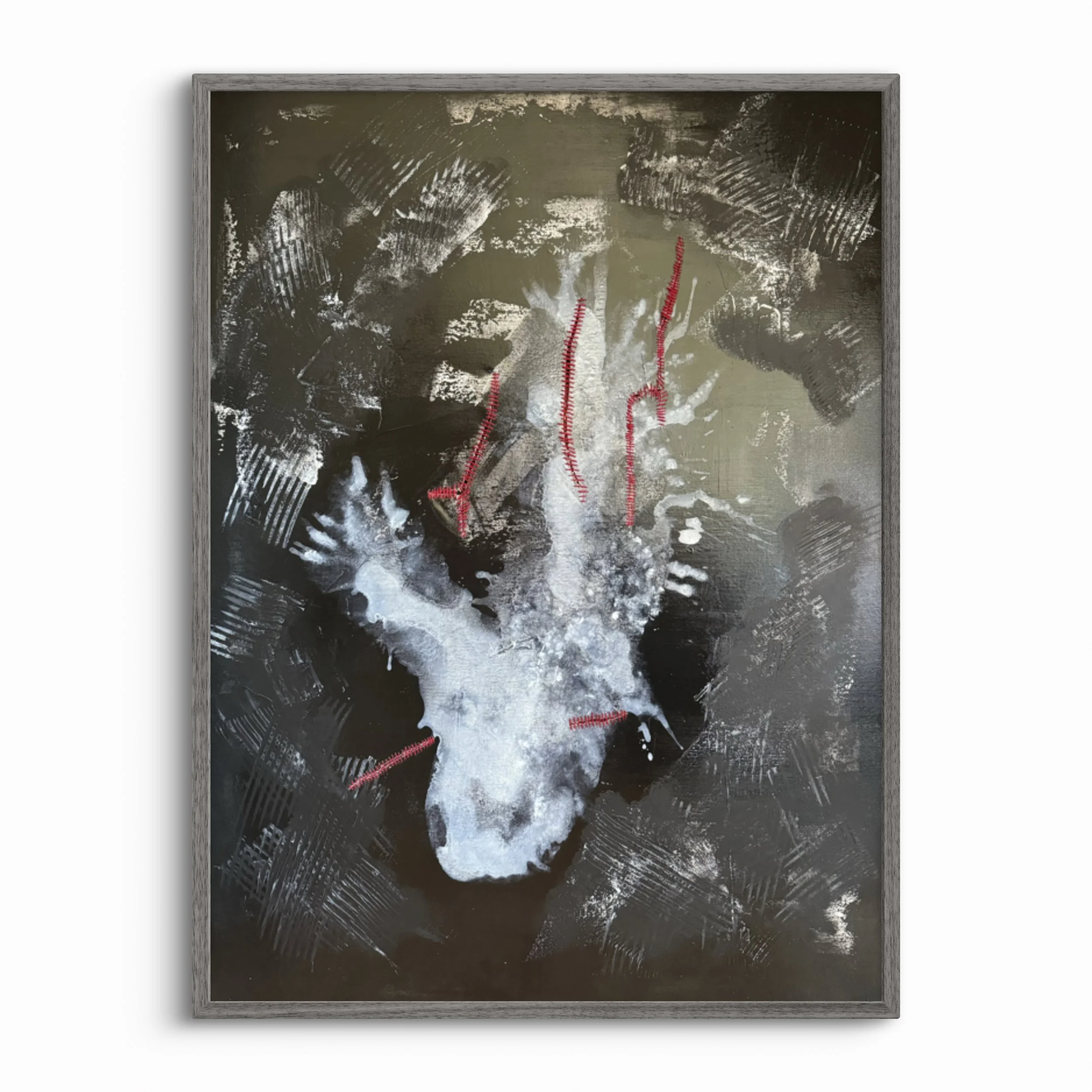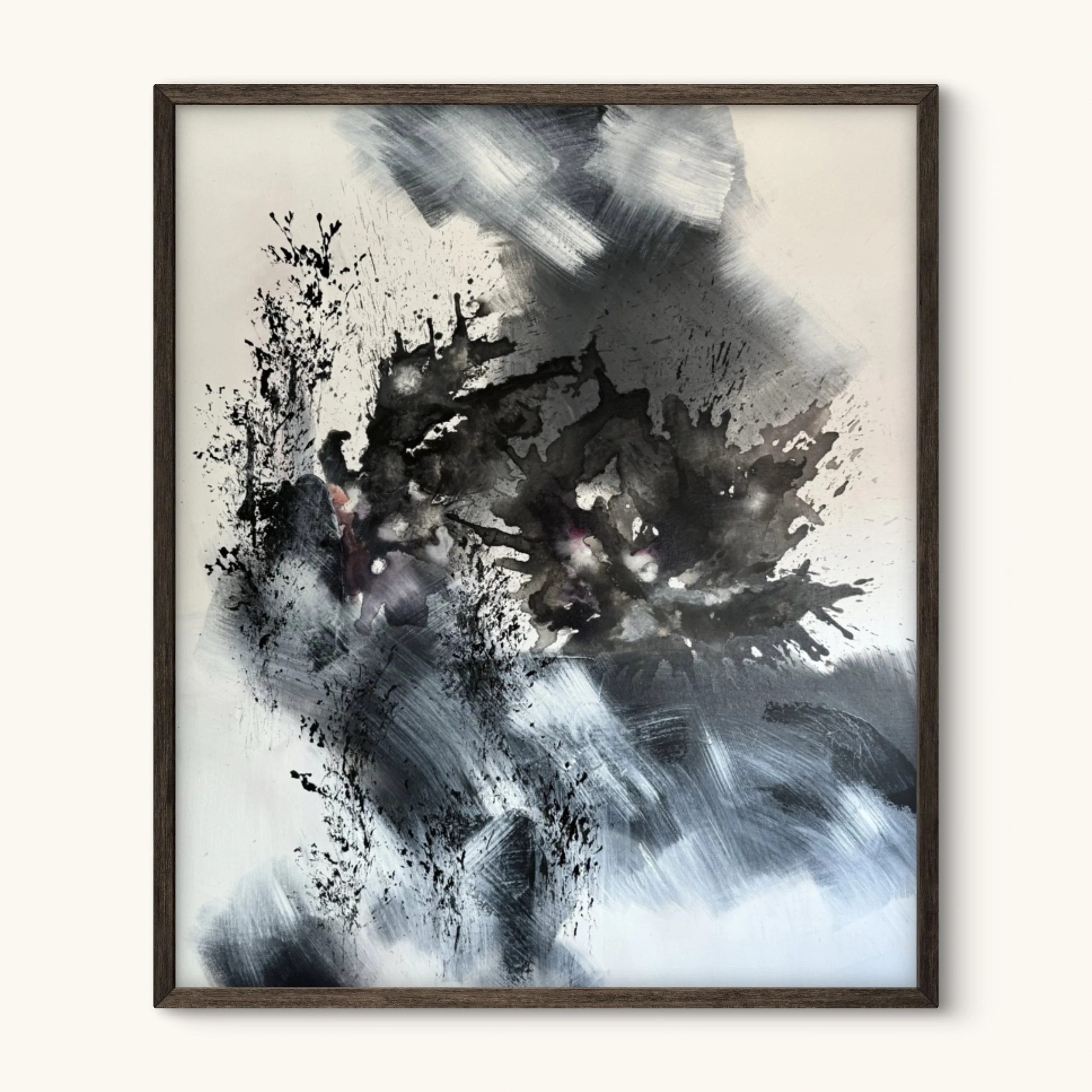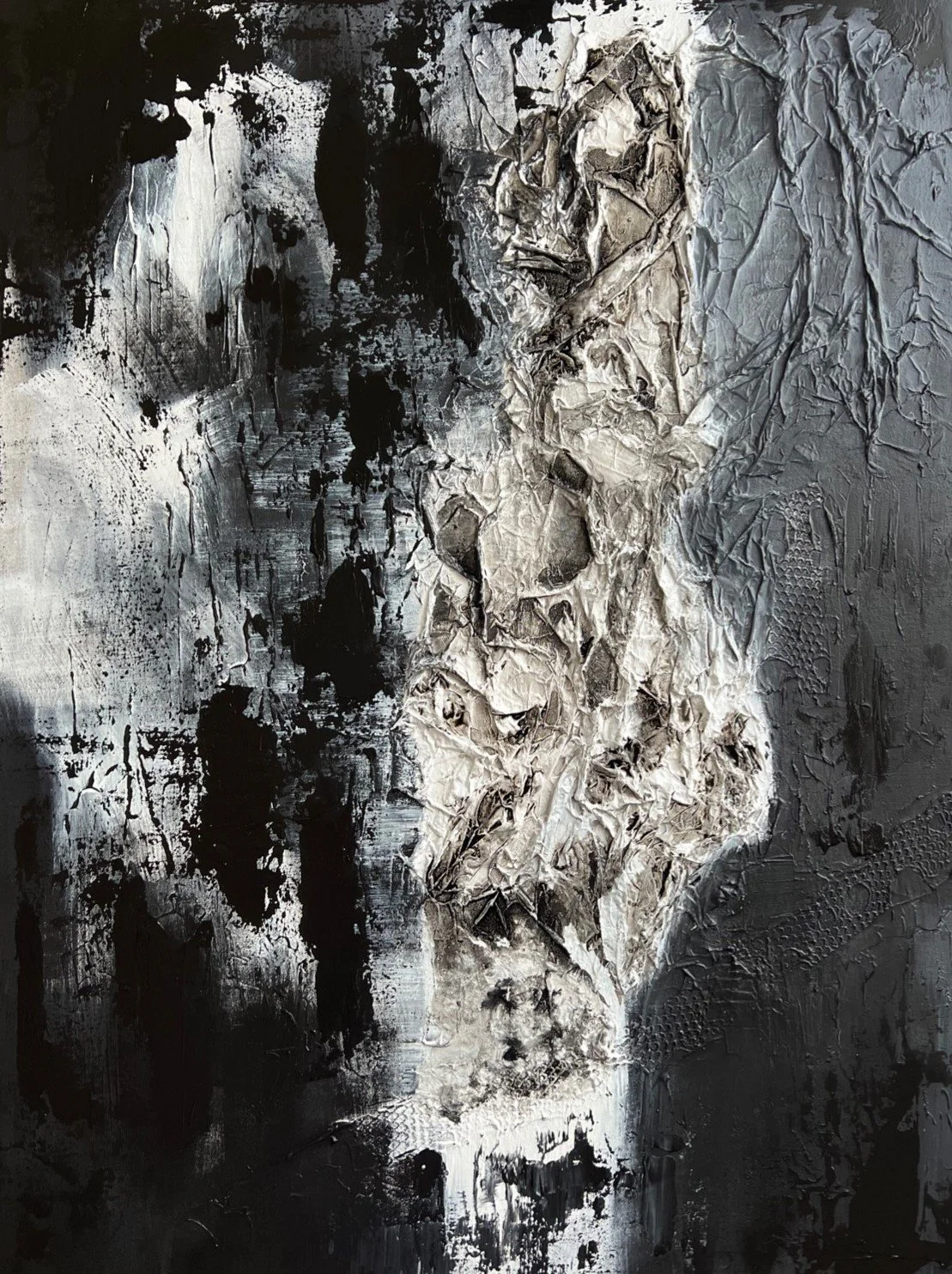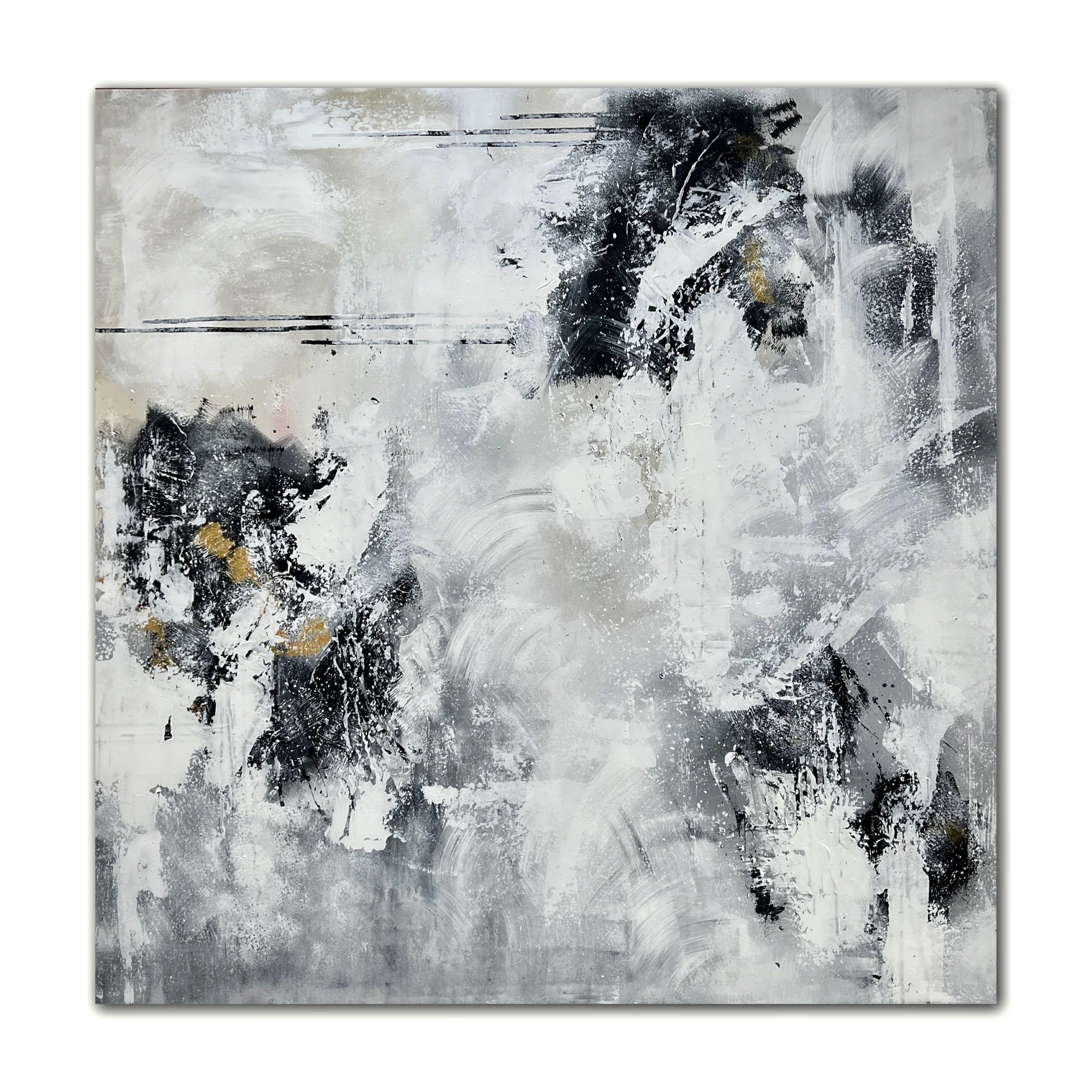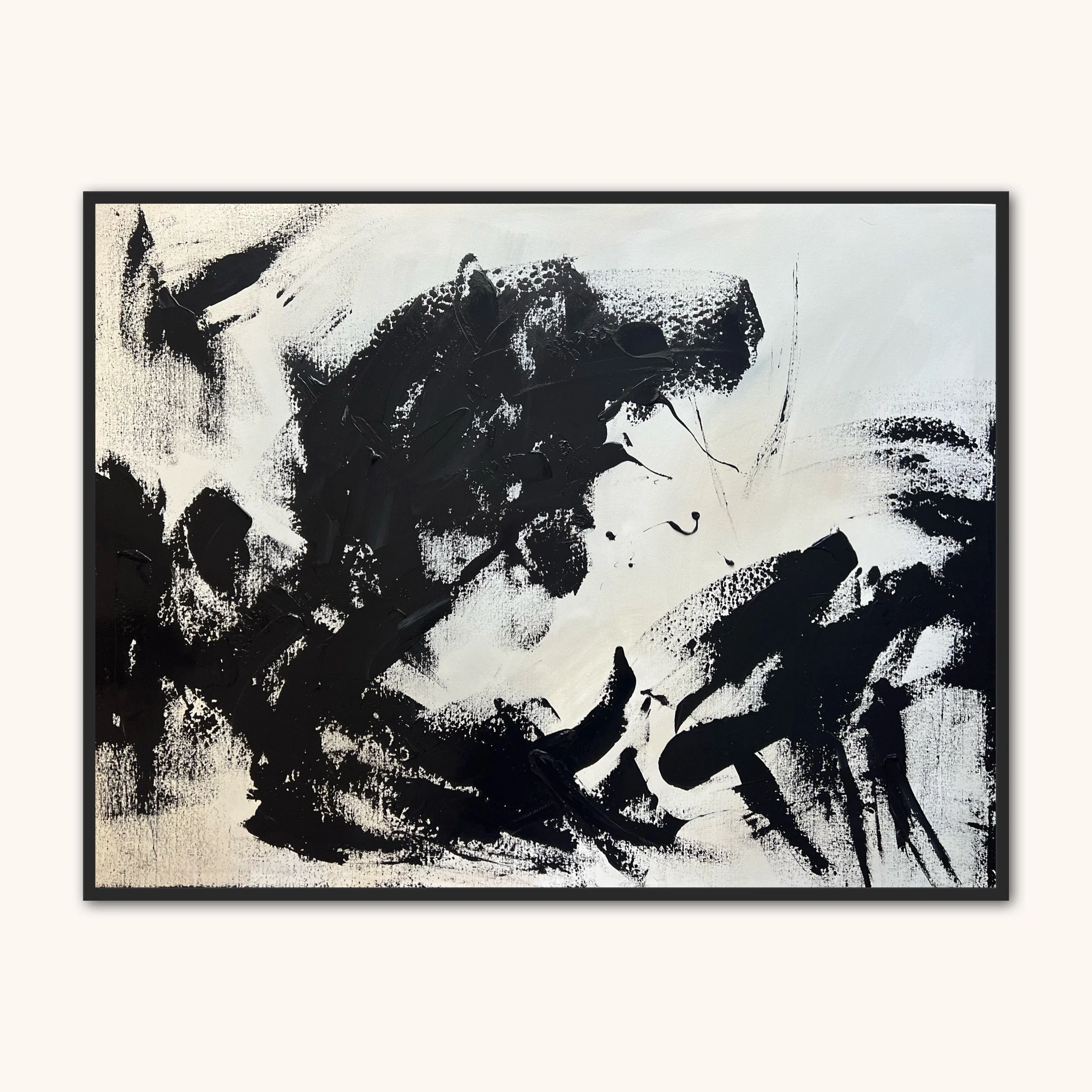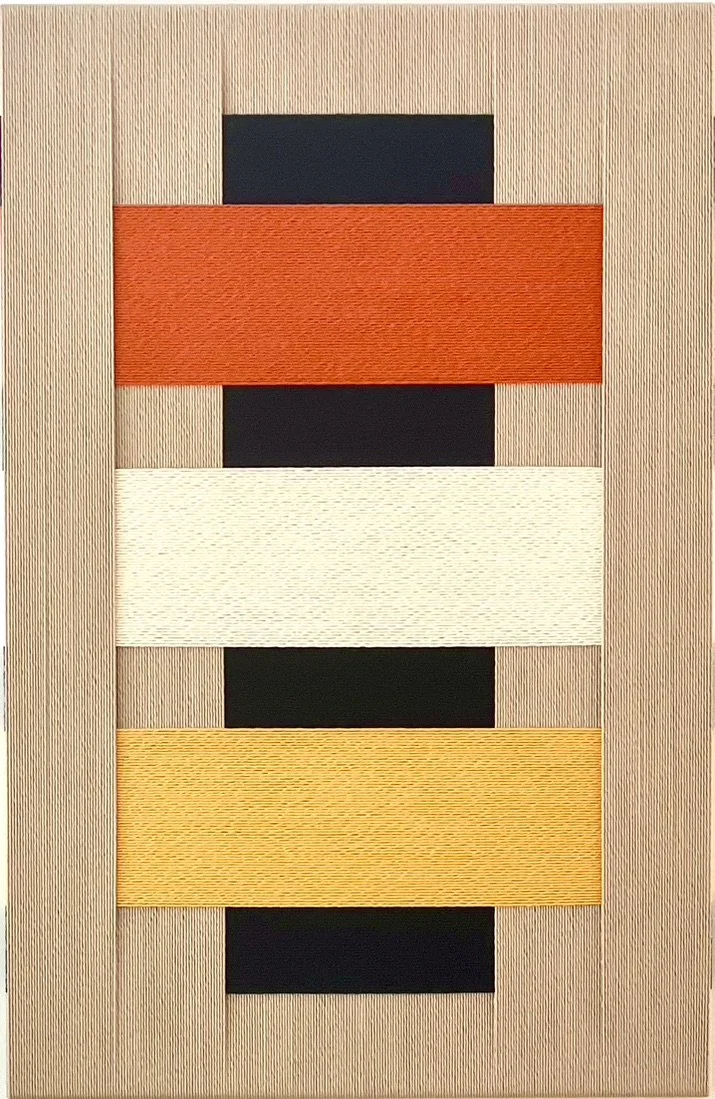Interview with Masha Pozdneacov
Being an artist means forever healing your wounds and at the same time endlessly exposing them. No artist ever sees things as they really are. By creating art, I want to touch people's hearts. I want them to say - she feels deeply, she feels tenderly because art is magical but it's not magic.
Masha, your work spans a wide range of mediums and techniques. Can you describe how your exploration of different materials contributes to the conceptualization of your art? Furthermore, how do you decide which medium will best convey the emotion or message you aim to capture in each piece?
I believe that one of the main purposes of creating art is to express thoughts and feelings. It is by no means the only purpose, but still a large one. I think that expressing thoughts and feelings through art allows one to tap into their subconscious mind and lay things out in a way that might only make sense to them. This is why abstract art is so abstract, it’s because that’s how human emotions are. There are many complex and simple ways in which to capture it which is why there really is no right answer to this question. I find that the easiest way for me to choose a medium or technique is to just let myself go when I’m creating. When I’m creating art, I don’t think about what I’m creating until I’ve finished and then I look at it. When painting with this purpose in mind, I’ll maybe have a vague idea of the result, but I let my brush go wild. Different media possess unique properties, limitations, and affordances that shape the artistic process and the resulting work. Each medium presents unique challenges and opportunities, and as an innovative artist I often push the boundaries of the chosen media, blending and combining to create new and compelling forms of artistic expression. You can use any unlikely medium, there is literally no limit and still it will be considered as an art, pure art. This is what makes art beautiful and eternal.
From your education at the Surikov Art Institute to your current works, how has your artistic style evolved? What were some pivotal moments or influences that directed this evolution?
Recently I was thinking about how I never stand still as an artist. In my own work, I’ve come from working in bold, chromatic colors for years to now predominantly neutral palettes. And yet, even as I begin to identify this pattern, I notice a slight stirring in my heart to revisit my old love of bright hues. I believe moving through developmental cycles is like the stages of human development. In the beginning, there’s mirroring. We soak up the works of the master’s and of artists we admire and reflect it back in our art. We learn techniques and how to use various tools. At first it feels awkward but eventually we begin to create marks and paint passages with ease. We study the vocabulary of composition and color theory. We begin to speak a new language. We experiment and finally find ourselves. I had a breakthrough and began to feel more confident and surer of my artistic style in the past 10 years. I started to notice a pop up of a darker color palette again and again in my work, and eventually I embraced it. It became a conscious drawing decision, and a major part of my artistic style. I also whole-heartedly embraced the palette knife as my tool of choice. You are still you, even when you change. And your style is still your style even when it changes. Your style is just how you create your art. Everything you ever make will always be in your style, as long as you let it flow naturally.
Your work is known for its bold abstraction and the blending of deep emotions. How do you balance abstraction with emotional expression in your art? Are there specific techniques or approaches you use to ensure your intended feelings are communicated to the viewer?
I create in the moment. If something stirs my emotions, I let my emotions guide the process. If something moves me intellectually, I let my brain guide the process. Either way, I want to make something without some other part of me getting in the way. As a person who studied art, I can say that abstract art is more about feeling than understanding. An artist uses his understanding of colors, tones, shades, mass, space, forms, textures and plays with these elements on the canvas… and makes an art. As a viewer, someone can appreciate the rhythm the art creates, some can appreciate color play, tones… there is much more to that art than deriving an obvious meaning from the forms and shapes… there is no definite meaning. But it is an open expression. There are certain rules and parameters in art which help to make the composition a masterpiece… but apart from those rules it is a free expression of an artist. Art was my language before I could speak about my feelings.
Your affinity for dark art is a significant element of your work. What draws you to this genre, and how do you think it enhances or challenges the viewer's perception of your art? Could you share the inspiration behind one of your darkest pieces and the message it holds?
Dark art, at least to me, is about recognizing that life is complex, it’s about honoring, acknowledging and in turn relinquishing our individual and collective suffering. Dark art is intrinsically tied with existentialism. Personally, I have always loved the contradictory nature of communicating something dark through a beautiful bold color. Life is complicated, and nothing is black and white. I feel accepting it and existing in contradiction is what life aims to teach us over and over. This complexity is at the heart of dark art. For some artists, creating dark or unsettling artwork serves as an emotional outlet to process and express complex feelings like grief, anxiety, anger, or darkness. The creation process can be a cathartic way to grapple with difficult emotions. Some artists are simply drawn to the visceral power and unsettling beauty that can arise from the dark. I see darkness as a compelling artistic medium. Ultimately, the motivations behind dark art are as diverse as the artist himself. It allows me to grapple with complex themes, give form to inner turmoil, and create work with a profound emotional resonance. Dark art can be beautiful, sad and even painful. But that is what the artist feels. “Over the Millenia” – is the darkest abstract painting which holds an emotional catharsis of battle between past and future. The use of dark colors creates a visceral power and unsettling beauty that draws the viewer in. The painting is a testament to the power of art to evoke deep emotions and provoke thought.
Each of your artworks is given a thoughtful, sometimes abstract name. How important is the title to the overall impact of the piece? Can you share your process for naming your works and perhaps discuss how a particular title has enhanced the reception of an artwork?
I often get asked about choosing the titles for my paintings. If I am doing a series of work I would have already decided on a topic and so during the course of the painting, it’s not uncommon that I would already have some sort of feeling or words that come to mind that I could use for a particular painting. Sometimes there are titles that come instantly. I focus on the mood, emotions, or sensations the painting evokes in you. Titles like "Conquering", "Delusions", or "Finding Serenity" can capture the overall feeling. The most effective titles often balance being descriptive enough to provide some context, while still leaving room for the viewer's own imagination and personal response to the abstract artwork. Experimenting with different titling approaches can be part of the creative process for the artist.
Having participated in many international exhibitions and selling your art to private collectors, how do you see the role of the international art community in shaping your career? Additionally, how do you engage with diverse audiences who might interpret your work differently based on cultural context?
Art has the power to move people and evoke emotions that words can never do justice to. Whether we are looking at a painting, admiring a sculpture, or listening to an opera, art makes us feel alive in ways we thought were unimaginable. Art has no rules; it is self-expressive and creative. In this way, the artwork gives a voice to those who create it. It has the power to change the way we see the world, awakening us to new perspectives, ideas, and values. International art community – is a great way to interact with all people. We are all from different backgrounds, with different histories, but we are the same; we laugh and cry, love and struggle, we have our own battles. Imagine a painting from a far-off country or a sculpture from an ancient time. These pieces do more than just decorate a space; they tell stories, convey emotions, and share perspectives that are often new to us. Art is about connecting with people’s emotions. It’s personal and at the same time, universal. I’m an expressive painter - working with my emotions and memories. And yes, my work is personal, although it may not seem so at first. It’s a human urge to express emotion through the medium of mark-making. We all carry with us memories of our past experiences. An artist has the ability to “feel strongly” to be “sensitive” to things and express this in the paint, gesture, or color. The artist “absorbs” the atmosphere of a place or the memory of a feeling.
You mention striving to push the boundaries of what is possible with each new endeavor. Can you discuss a specific instance where you felt you truly pushed these boundaries? What risks did you take, and what was the outcome?
Pushing the boundaries with each new endeavor – going beyond your comfort zone. Staying in a safe zone can limit the breadth and depth of your creations. By exploring the unfamiliar, you expose yourself to a world of new ideas and inspirations. We all have preconceived notions and beliefs about what is “right” or “wrong” in our creative processes — dive into them. Being true to yourself is always a risk, opening yourself in front of a viewer - you almost feel “naked”, because you let others see what is deep inside your soul. You allow them to criticize you, doubt you, admire you… Sometimes, it’s a burden for the artist to carry all this emotion – to be so sensitive.
You see art as a way to capture a moment in time, reflecting deep personal emotions and experiences. How do you prepare mentally and physically before starting a new piece? Is there a ritual or routine you follow to get into the creative zone?
Different paintings happen in different manners. Sometimes an image appears in my mind with specific features and requires me to spend quite some time on meticulous recreation thereof. Sometimes I have a general idea, or a mood I want to convey, and I make it the central piece of my work, but I let the other details work out themselves. I am more of an intuitive artist - I like to just start and get something on canvas and then hopefully images will come into my head, sometimes paintings are “patiently waiting” in the corner of my studio to be finished… I know artists who plan and sketch their painting out to the last detail - and then just paint it. Whatever works! Whatever fulfills the creative urge!
Looking ahead, what do you hope your legacy as an artist will be? Are there any upcoming projects or exhibitions that excite you, and can you give us a sneak peek into what these might involve? How do you see your art evolving in the next decade?
Leaving a legacy – what a beautiful gift for the world. Nothing is meant to last forever. We have to make room for other people. It is a wheel. You get on, you have to go to the end. And then somebody has the same opportunity to go to the end and so on. I do think the most important aspect of leaving a legacy – is a love between you and the piece you have created. I want timeless unconditional love and the beauty that never falters from it. I think an art piece should always inspire you to keep going when life gives you haplessness. It should speak to you the most and want to have it the most. The artist needs to be able to present most of the soul inspiration and be able to relay the idea behind the creative process and journey with the artwork. Art does more than capture moments. Art interprets those moments. Art captures things that are not in the physical world.
How do I see my art evolving in the next decade?
I am a curious artist - constantly playing with new mediums. My every painting is different from another, and you may ask yourself – is this the same artist? I do not like to create the same collections over and over. It is terribly dangerous for the artist to fulfill other people’s expectations. To create what is popular, trendy, or sells better. I think they generally produce the worst work when they do that. And if you are staying in a safe zone – you are not working in the right area. Always go a little bit further, go out of your depth. I can say, I live and die in every painting. I constantly participate in exhibitions and art collaborations. I would like to develop more connections in the art world, as there are so many talented artists out there, and continue to do what I love most of all – ART.




